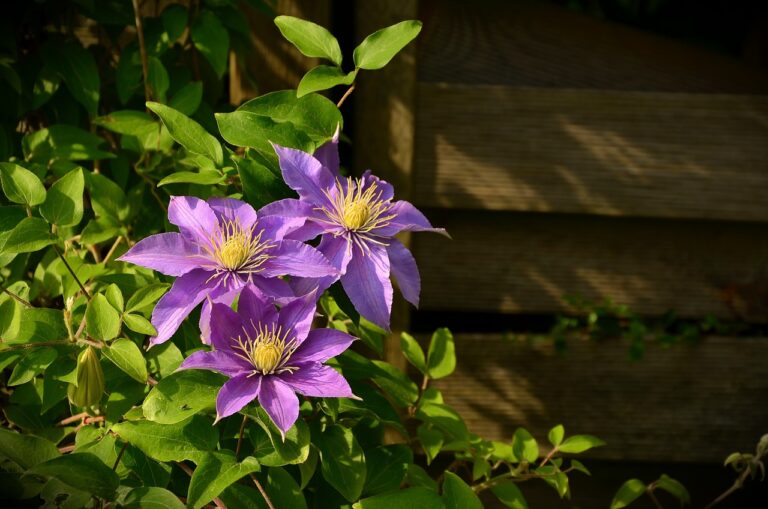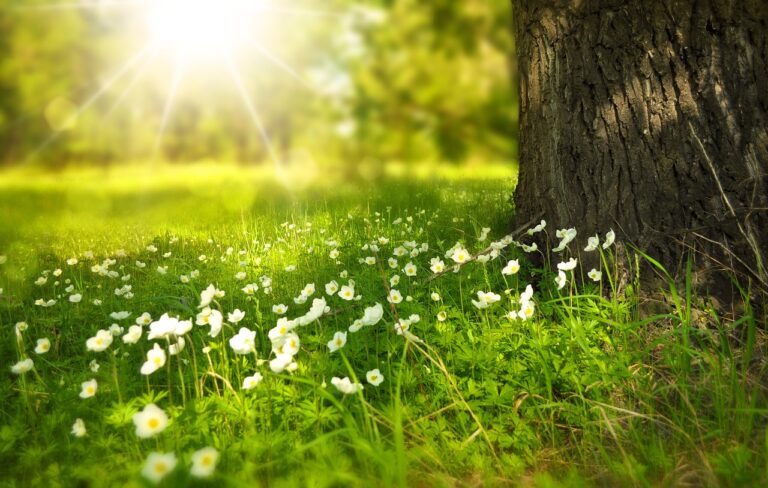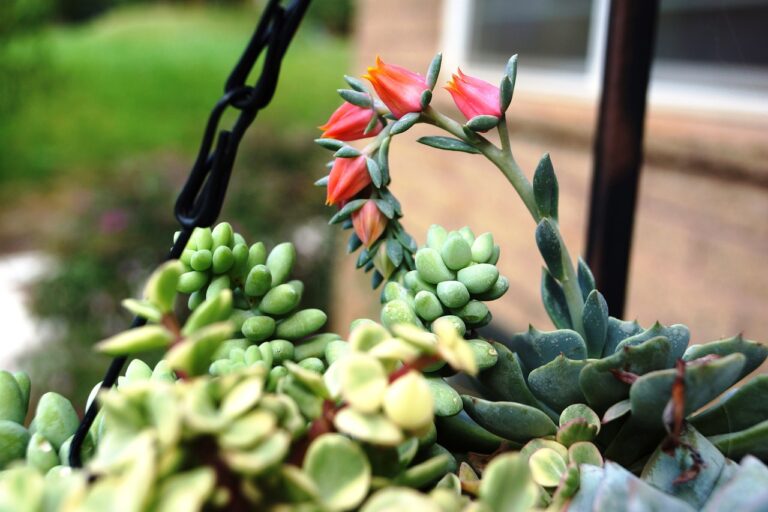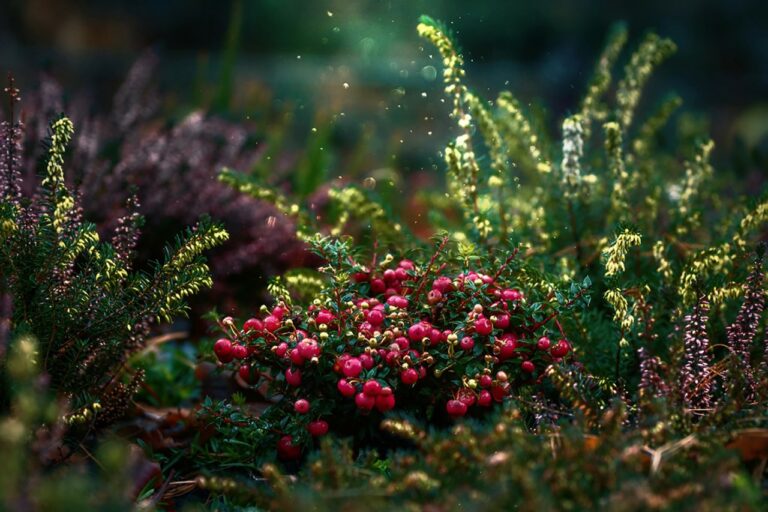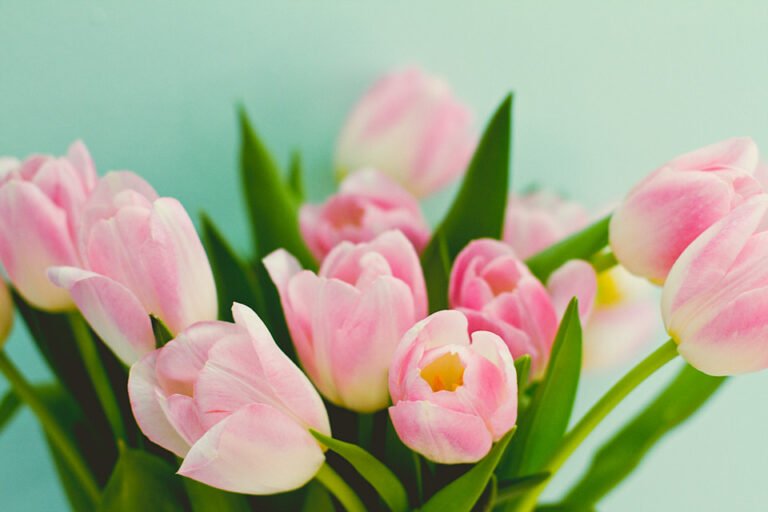Guide to Harvesting, Arranging, and Prolonging the Life of Cut Flowers
When working with cut flowers, remember to harvest early. Focus on flowers with just a hint of color starting to show. Cut stems at the base to extend their lifespan. Pay attention to the specific needs of each flower type. Clean containers help prevent bacteria that can harm flowers. Use sharp angles when cutting stems for better water absorption. Flower preservatives can keep arrangements looking fresh longer. Try using odd numbers and varying stem heights for more dynamic displays. Implement these techniques for healthier, longer-lasting cut flowers.
Harvesting Techniques for Cut Flowers
When harvesting cut flowers, it is vital to select the best timing for maximum freshness and longevity. Cutting flowers early in the morning or early evening ensures that they are well-hydrated and have not been stressed by the heat of the day, leading to a longer vase life. It is important to harvest flowers when they are just starting to show color as they will continue to open once placed in a vase, extending their beauty. When making cuts, always do so at the base of the stem or plant above a set of leaves to encourage new growth and continuous flower production.
To prevent pests, it is advisable to harvest flowers when they are just beginning to open. This minimizes the risk of introducing pests into your home and reduces the chances of contamination. Different species of flowers have specific guidelines for harvesting to make sure the best practices are followed. For example, with plants like Ageratum, Agrostemma, Ammi Majus, and Basil, understanding the unique requirements for each species is crucial for successful harvesting.
Proper Cleaning and Sanitizing Practices
To maintain the freshness and longevity of cut flowers, it is essential to adhere to proper cleaning and sanitizing practices for containers and buckets used in the arrangement process. Clean containers and buckets prevent bacterial growth, guaranteeing the longevity of cut flowers. Sanitizing containers helps prevent stem blockage and promotes better water absorption in flowers. Proper cleaning practices aid in maintaining water quality, which is vital for extending the vase life of cut flowers.
When dealing with Specialty Cut Flowers, like delicate roses or vibrant lilies, following strict cleaning and sanitizing protocols becomes even more crucial. These practices ensure that the flowers are not only visually appealing but also last longer, bringing joy for an extended period.
Regularly sanitizing buckets and vases before each use is essential to prevent contamination and guarantee the optimum health of harvested flowers. By using cool water for harvesting and cleaning containers thoroughly, you contribute greatly to the overall freshness and quality of the cut flowers. Remember, the little details, such as maintaining cleanliness and freshness, play a key role in prolonging the life of cut flowers.
Effective Flower Arranging Tips
Implementing the rule of thirds is a essential technique for creating visually striking flower arrangements. When cutting stems, it’s important to do so at a sharp angle to increase the surface area for water absorption. Additionally, using a floral preservative in the water can help extend the life of the flowers by providing necessary nutrients and inhibiting bacterial growth.
To guarantee a balanced composition, consider the color, texture, and size of the flowers. Mixing different flower heads can add depth and visual interest to the arrangement. When arranging the flowers, opting for odd numbers can create a more natural and dynamic look. Varying stem heights also play a crucial role in adding dimension to the display.
Choosing the right vase is essential for complementing the flowers and enhancing the overall aesthetic. Experimenting with different shapes and sizes can help achieve the desired look for your flower arrangements. Remember to change the water regularly and trim the stems every few days to guarantee the flowers receive an adequate water supply. Proper flower care and attention to detail in arranging can have a significant impact on the longevity and beauty of your floral displays.
Maximizing Flower Longevity With Food
To maximize the longevity of cut flowers, using flower food packets containing essential nutrients, biocide, and acidifier is a highly recommended practice. These packets are specifically crafted to provide the necessary elements for the flowers to thrive and last longer in a vase. Here are some key points to keep in mind:
- Nutrients: Flower food contains essential nutrients that are vital for the flowers to remain healthy and vibrant. These nutrients help nourish the blooms even after they have been cut from the plant, extending their freshness.
- Biocide: The addition of biocide in flower food helps prevent the growth of harmful bacteria in the water. By inhibiting bacterial growth, biocides make certain that the water stays clean and suitable for the flowers, prolonging their vase life.
- Acidifier: Citric acid is commonly used as an acidifier in flower food. It helps lower the pH level of the water, making it easier for the flowers to absorb water and nutrients. This adjustment in pH levels aids in keeping the flowers at the bud stage for a longer period, delaying wilting and browning caused by ethylene gas.
Storage and Care for Cut Flowers
Proper storage and care techniques are essential for maintaining the freshness and longevity of cut flowers. To guarantee the longevity of cut flowers, it is vital to store them in a cool location as this helps reduce the aging process and extends flower freshness. Additionally, high relative humidity levels in the storage area are advantageous for maintaining the quality of the blooms.
Recutting the stems of cut flowers underwater is a practical step that assists in preventing air blockage and improves water uptake. This simple technique promotes the continuous hydration of the flowers, extending their vase life significantly. Moreover, using floral preservatives in the water solution where the cut flowers are placed can also help in prolonging their freshness.
When preparing cut flowers for storage, it is recommended to treat them before sleeving to maintain their quality during storage. By implementing these storage and care practices, one can effectively extend the life of cut flowers and enjoy their beauty for an extended period. Remember, the combination of cool temperatures, high humidity, proper recutting, and the use of floral preservatives are key elements in ensuring the longevity and freshness of cut flowers.


